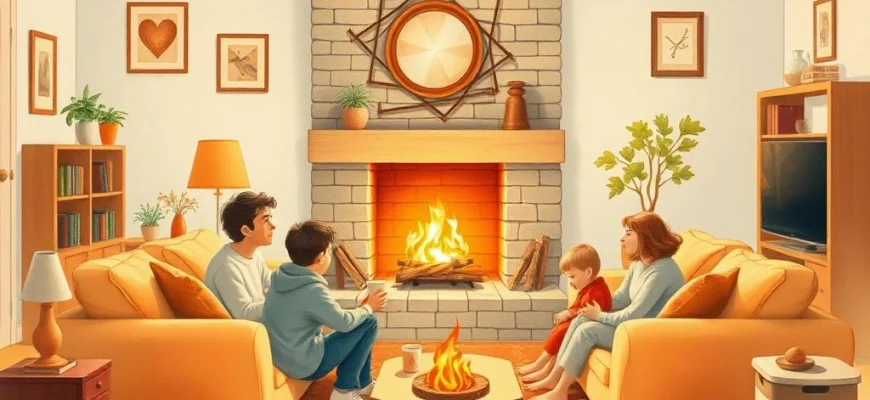If you loved the wholesome humor and family-centric charm of The Stu Erwin Show (1950), you're in for a treat! This article explores 10 similar movies and TV shows that capture the same lighthearted, nostalgic vibe. Whether you're a fan of classic sitcoms or looking for feel-good entertainment, these picks will delight you with their warmth and wit.
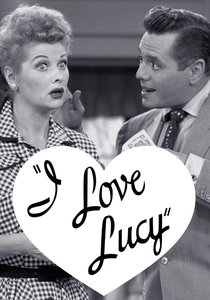
I Love Lucy (1951)
Description: A groundbreaking sitcom that blends domestic humor with slapstick comedy, focusing on the antics of a quirky wife and her long-suffering husband.
Fact: The show was the first to use a live audience and the three-camera setup, which became a standard for sitcoms. It also pioneered the use of reruns.
 Watch Now
Watch Now 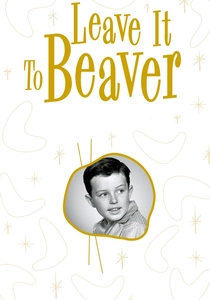
Leave It to Beaver (1957)
Description: This series captures the innocence of childhood and family life, with storylines often centered around the misadventures of a young boy and his interactions with his family and friends.
Fact: The show's title character, Beaver, became an iconic symbol of 1950s American childhood. It was one of the first shows to be told primarily from a child's perspective.
 Watch Now
Watch Now 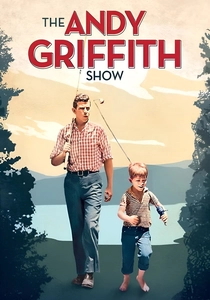
The Andy Griffith Show (1960)
Description: A wholesome sitcom set in a small town, focusing on the lives of its quirky residents and the moral lessons learned through their interactions.
Fact: The show never ranked lower than seventh in the Nielsen ratings during its entire run. It was filmed without a live audience, relying instead on a laugh track.
 Watch Now
Watch Now 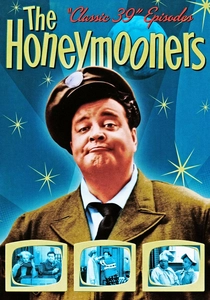
The Honeymooners (1955)
Description: A sitcom that explores the comedic struggles of a working-class couple, with humor derived from the husband's get-rich-quick schemes and the wife's patient endurance.
Fact: The show originally started as a series of sketches on another program before becoming a standalone series. It is often credited with influencing many later sitcoms with its focus on blue-collar life.
 Watch Now
Watch Now 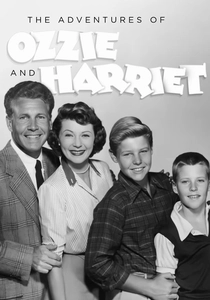
The Adventures of Ozzie and Harriet (1952)
Description: This show is a classic family sitcom that revolves around the everyday lives of a middle-class American family, focusing on humor derived from domestic situations and light-hearted family dynamics.
Fact: The show starred the real-life Nelson family, making it one of the earliest examples of reality television. It ran for 14 seasons, making it one of the longest-running live-action sitcoms in U.S. television history.
 Watch Now
Watch Now 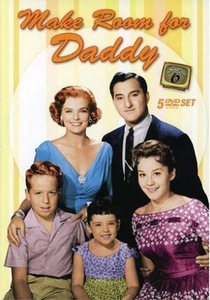
The Danny Thomas Show (1953)
Description: A family sitcom that combines humor with heartfelt moments, focusing on the life of a entertainer balancing his career and family responsibilities.
Fact: The show was the launching pad for the spin-off 'The Andy Griffith Show.' Danny Thomas insisted on filming in front of a live audience to capture genuine reactions.
 Watch Now
Watch Now 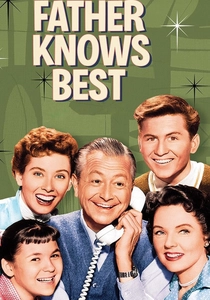
Father Knows Best (1954)
Description: A heartwarming family sitcom that emphasizes traditional family values, with episodes often resolving around moral lessons and the father's wise guidance.
Fact: The show originally began as a radio program before transitioning to television. It won multiple Emmy Awards during its run, including Best Dramatic Series.
 Watch Now
Watch Now 
The Donna Reed Show (1958)
Description: A family-oriented sitcom that highlights the role of a nurturing mother and the everyday challenges and joys of family life, often with a touch of humor and warmth.
Fact: Donna Reed was one of the few female stars of the era to have creative control over her show, including producing duties. The series was known for its realistic portrayal of family life compared to other sitcoms of the time.
 Watch Now
Watch Now 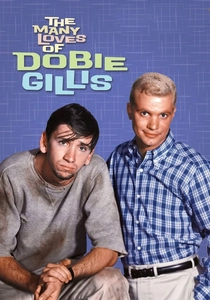
The Many Loves of Dobie Gillis (1959)
Description: A coming-of-age sitcom that follows the humorous exploits of a teenage boy as he navigates love, school, and family life.
Fact: The show was one of the first to feature a beatnik character, Maynard G. Krebs, who became a cultural icon. It also broke ground by addressing teenage issues in a relatable way.
 Watch Now
Watch Now 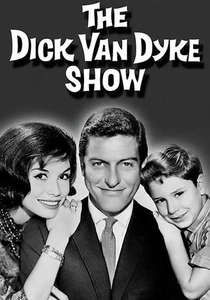
The Dick Van Dyke Show (1961)
Description: A sophisticated sitcom that blends workplace humor with domestic comedy, showcasing the life of a comedy writer and his family.
Fact: The show was one of the first to depict a working woman in a positive light, with Mary Tyler Moore's character being a trailblazer for future TV wives. It was also known for its sharp, witty writing.
 Watch Now
Watch Now 
